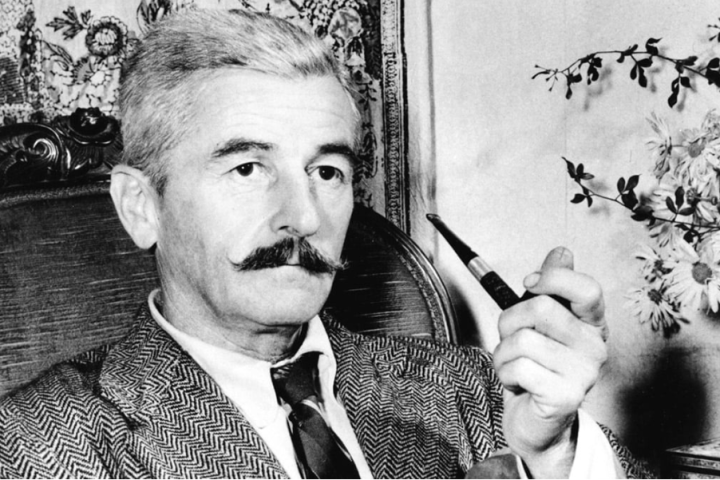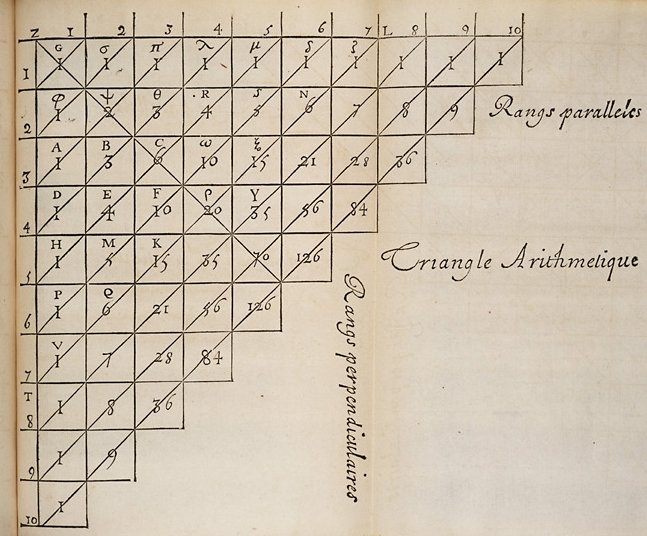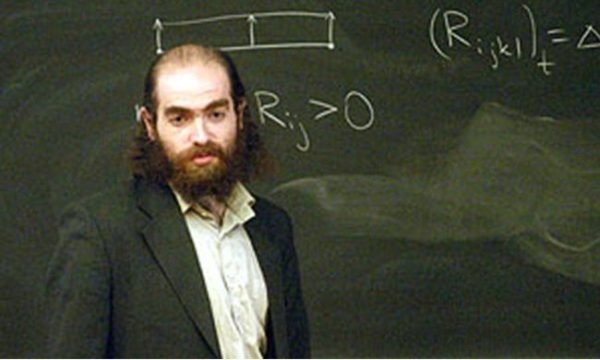The Nobel Prize, the dream of many scientists, is the legacy of Swedish chemist, inventor and industrialist Alfred Nobel. The first Nobel Prizes were awarded on December 10, 1901, the fifth anniversary of Nobel’s death, for achievements in fields specified by Nobel. These were physics, chemistry, medicine, literature and peace. A sixth category, a prize for economics, was added by the Bank of Sweden in 1969. However, mathematics is not among the categories designated for Nobel prizes.
- Scientists close to solving a centuries-old mystery about the universe
- The Large Hadron Collider Finds Three New Particles
Why mathematics was not included has led to much speculation. Almost all of the claims are between the Swedish mathematician Mittag-Leffler and Alfred Nobel. In one claim, Nobel realized that Mittag-Leffler was having an affair with his wife and hated mathematicians for it. But there is a problem with this story. Because Alfred Nobel was never married. In some parts of the story, this wife is replaced by a fiancée or a lover. It is known that Nobel had a lover named Sophie Hess. However, there is no evidence of infidelity and love pain in his life story.
Another version of the legend suggests that Nobel harbored enmity for another reason. This hostility is why he refrained from awarding a mathematics prize. However, there are uncertainties in this theory. It is difficult to provide a plausible reason for Nobel’s resentment towards Mittag-Leffler, or even to show that Nobel had any relationship with the mathematician.
Why no Nobel Prize in Mathematics?
Actually, the answer is much simpler. Alfred Nobel gave prizes for fields of study that interested him, and mathematics was not among them. In fact, Nobel focused his work more on physics and chemistry. He was a lover of literature. He was also an idealist who wanted to support pacifist work. For him, mathematics was too theoretical a field to bring direct practical benefits to humanity.

Nevertheless, many mathematicians and mathematical physicists have won Nobel prizes for their work in other fields. One example is Herbert A. Hauptman. He was also the first mathematician to win the Nobel Prize in Chemistry in 1985 for using his mathematical talent to solve a 40-year-old chemistry problem.
Why did Alfred Bernhard Nobel want such a prize?
Alfred Nobel is remembered today only for inventing dynamite. However, he was actually a genius. He knew Swedish, Russian, German, English and French perfectly. At the time of his death, he held 355 patents and had established 90 factories in twenty countries. Nitroglycerin, the main ingredient of dynamite, was discovered in 1847 by the Italian chemist Ascanio Sobrero. Three years later, a seventeen-year-old Swedish youth, Alfred Nobel, met Sobrero and became aware of the existence of nitroglycerin.

For years, Alfred Nobel tirelessly searched for methods to control this dangerous chemical. Finally, he managed to mix nitroglycerin with some absorbent substances and put it into a form that was easy to store and transport. He was thirty-four years old when he patented this invention, which he called dynamite.
Nobel thought that the substance he would find should be used for economic development, not for killing people. His greatest desire was to see the day when war would end.
Mathematics Awards
- Fields Medal: Named after the Canadian mathematician John Charles Fields. It was first awarded in 1936, following the death in 1932 of Charles Fields, the father of the idea for such an award. Every four years, the International Mathematical Union selects up to four of the world’s leading mathematicians for the prize. These mathematicians must be under the age of 40. The prize consists of a gold medal and around 13,500 dollars. In terms of prestige, this prize is considered equivalent to the Nobel Prize.
- Abel Prize: In 2001, the Norwegian government commemorated the 200th anniversary of Niels henrik Abel’s birth with a new prize. Each year one or more mathematicians share the prize of around 1 million dollars, awarded by the King of Norway. This is close to the prize money received by the Nobel Prize winners.
- Shaw Prize: Established in Hong Kong in 2002, the Shaw Prize Foundation has awarded the prize annually since 2004. The prize, named after Sir Run Shaw, a pioneer in the Hong Kong media industry, is worth $1 million. The prize is awarded in astronomy, life sciences, medicine and mathematics.
- Wolf Prize: Since 1978, the Wolf Prize has been awarded annually by the Wolf Foundation to artists and scientists who have achieved achievements for the benefit of humanity. It covers five fields of science: agriculture, chemistry, medicine, physics and mathematics. The prize consists of a diploma and 100,000 dollars.





